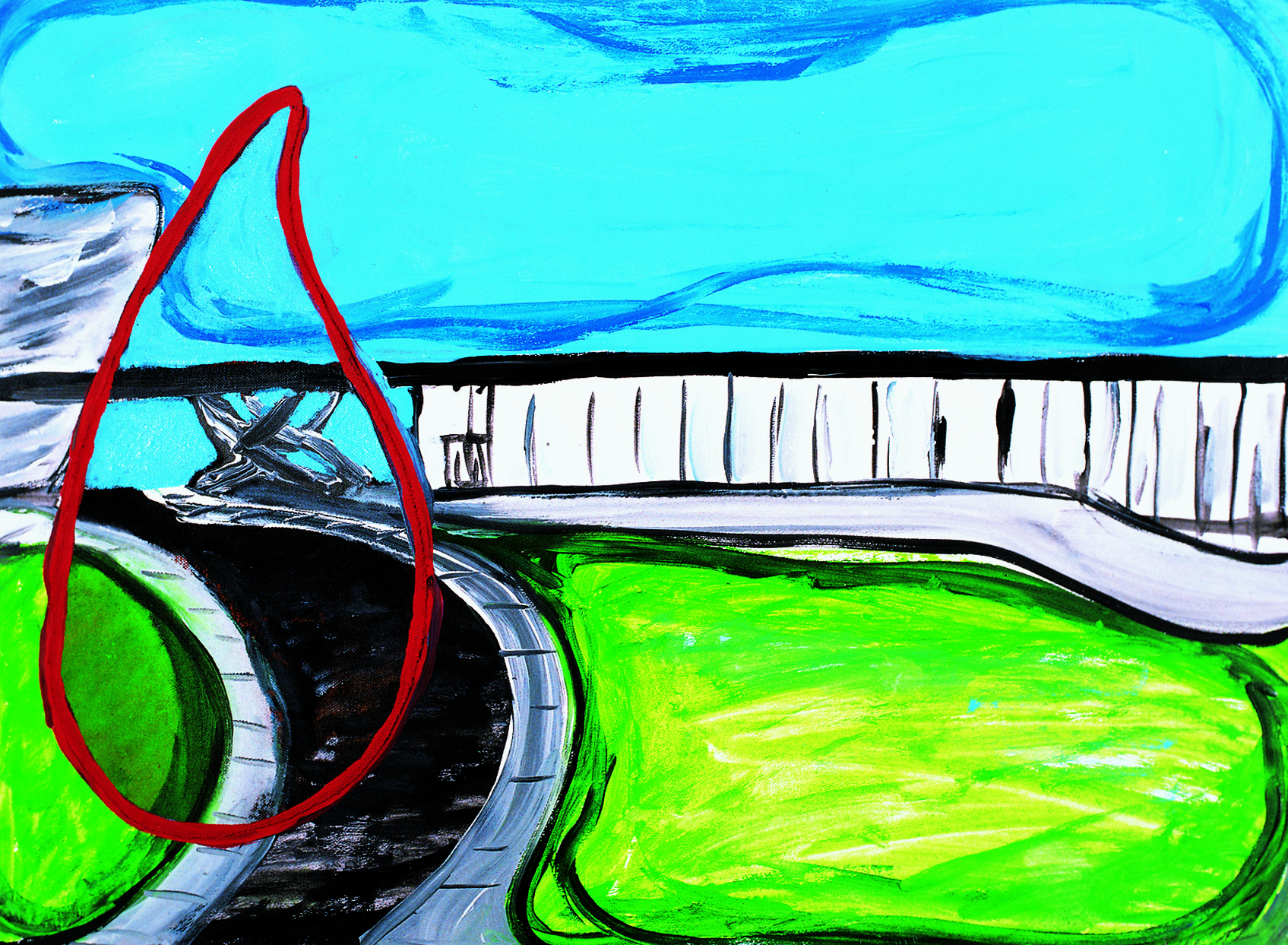
credits: Leda Catunda, MAM, 1998. Photo: Romulo Fialdini
The constructivist movement of the European modernist avant-garde took root in Brazil from the late 1940s onward. Artists associated with Concrete Art, such as Geraldo de Barros, Hércules Barsotti, and Luiz Sacilotto, explored geometric forms and abandoned any lingering traces of representation that abstract art had retained. Their work embodied a utopian vision in which the transformation of art and visuality was seen as capable of leading to broader changes in the world. Samson Flexor—along with Hélio Oiticica, who would later take a very different artistic path—was also closely aligned with Constructivist painting in the 1950s. Meanwhile, artists such as Alfredo Volpi, a staunch advocate of craftsmanship and folk art, arrived at his own distinct form of Constructivism through a highly personal approach. Mira Schendel and Sergio Camargo, though never formally affiliated with any avant-garde grouping, both engaged in their own fashion with fundamental geometric forms, exploring empty space and simple shapes in ways that broke with tradition and opened up new artistic possibilities. In printmaking, Arthur Luiz Piza addressed constructivist themes but introduced an element of instability—his rigid geometric patterns subtly hinting at disorder and chaos. Cildo Meireles, in his three-dimensional works, subverts the logic of constructivist equilibrium by arranging tables and chairs of various sizes in such a way that smaller objects nestle under larger ones, paradoxically supporting heavier structures and prompting reflection on hierarchies and power dynamics. (C.A.)










